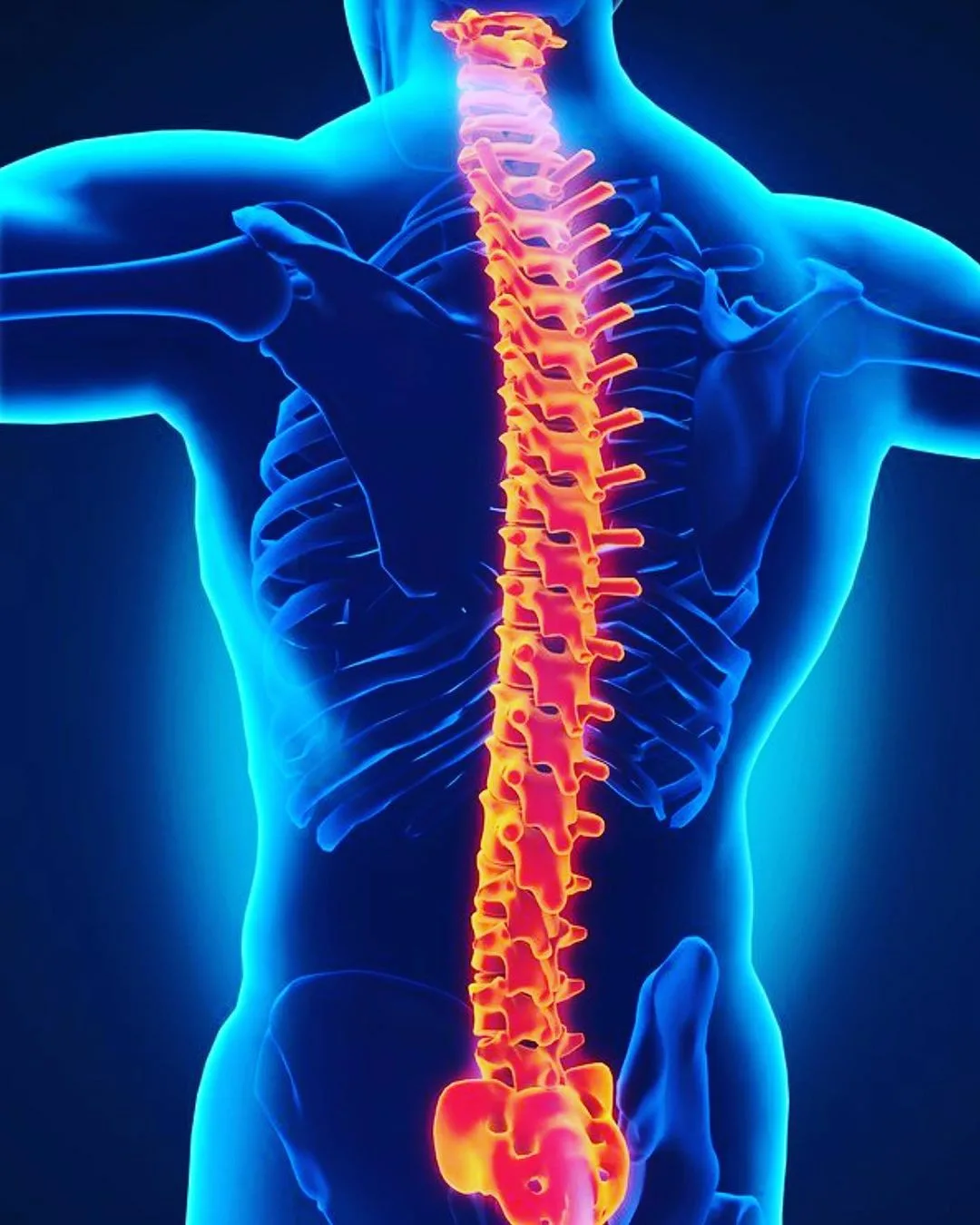Lower Back Pain
Lower back pain is a common condition that can range from dull, constant pain to sharp, sudden pain, making movement difficult. The lower back is particularly vulnerable to strain due to its role in supporting the upper body. Symptoms can include aching or stiffness, acute pain, radiating pain down the legs, limited mobility, and muscle spasms. Causes of lower back pain include muscle strain, herniated discs, arthritis, skeletal irregularities, and osteoporosis. Lifestyle factors such as poor posture or being overweight can also contribute. Treatment options include rest, physical therapy, medications, heat/ice therapy, injections, and in severe cases, surgery.






